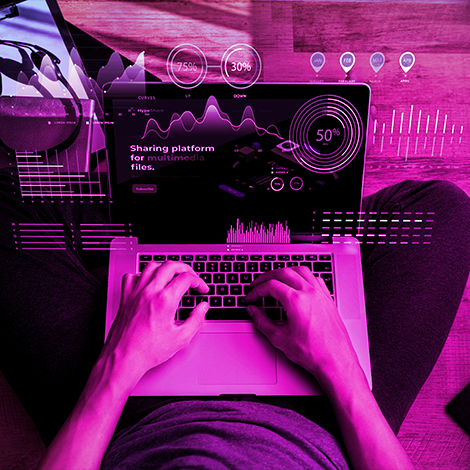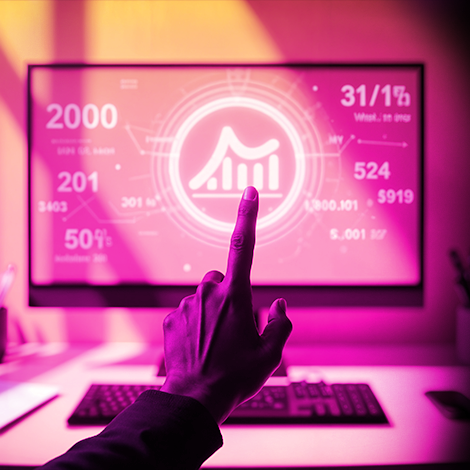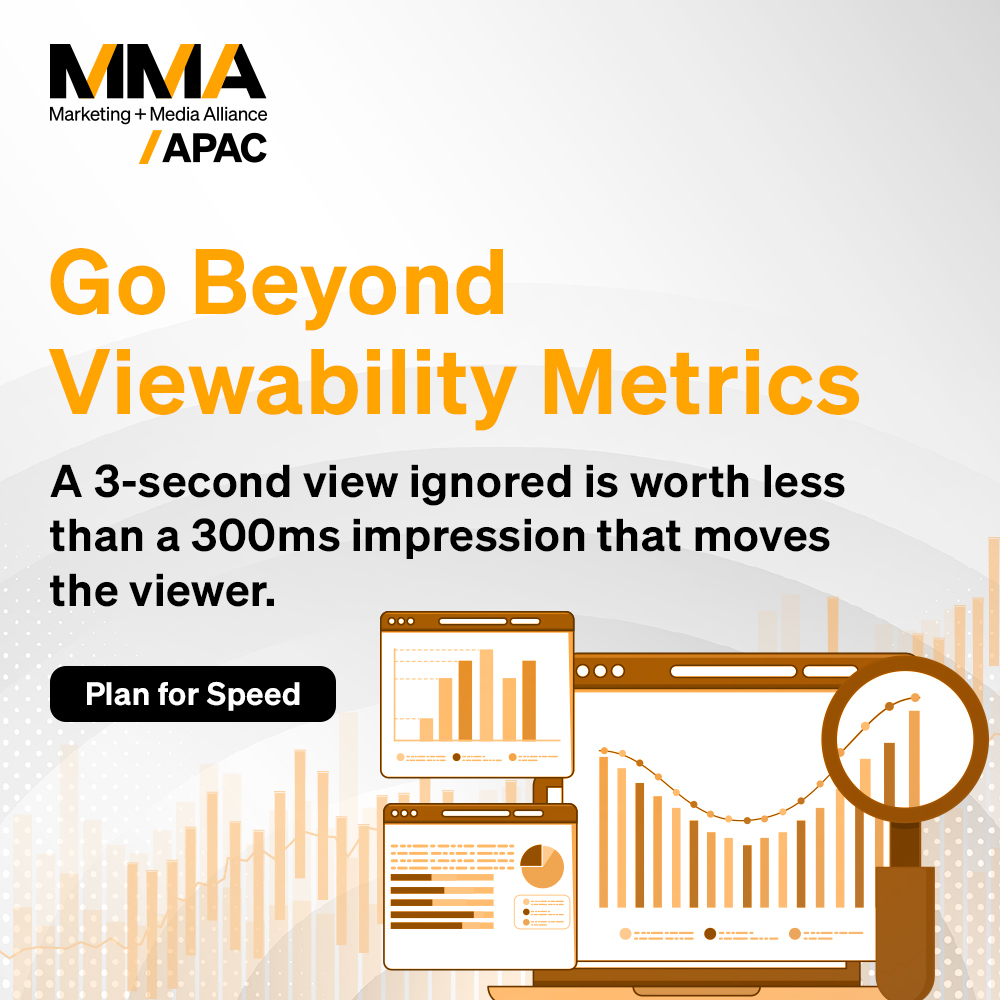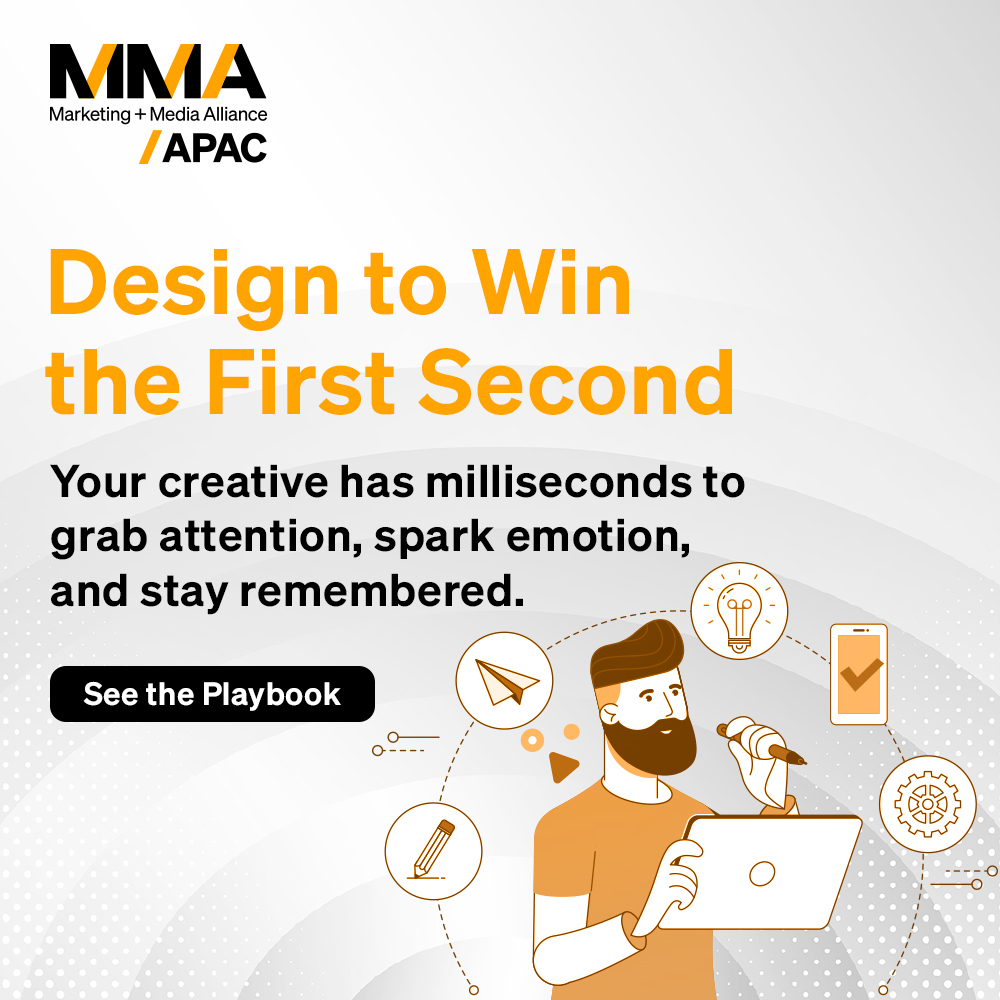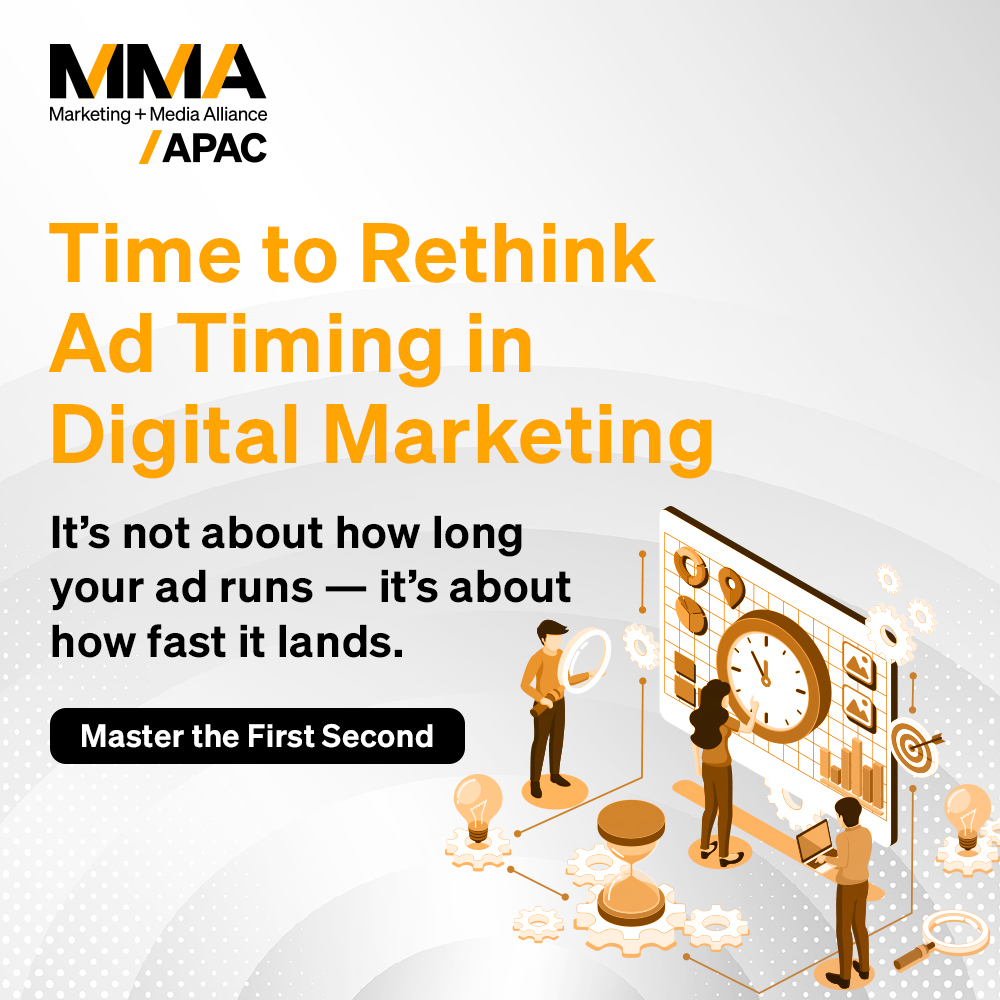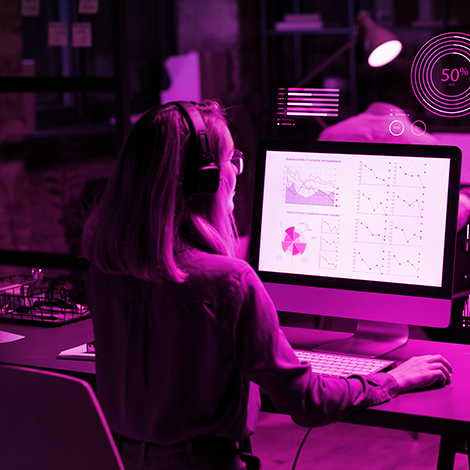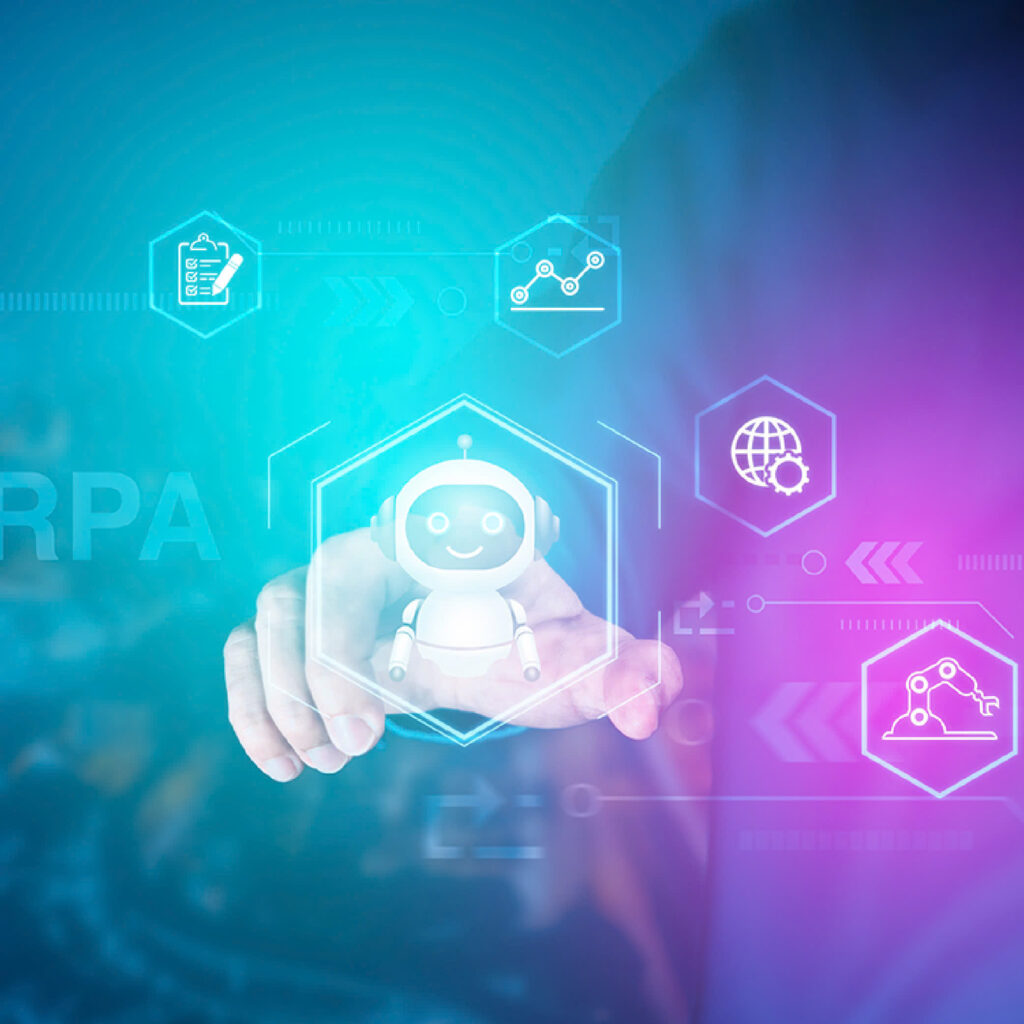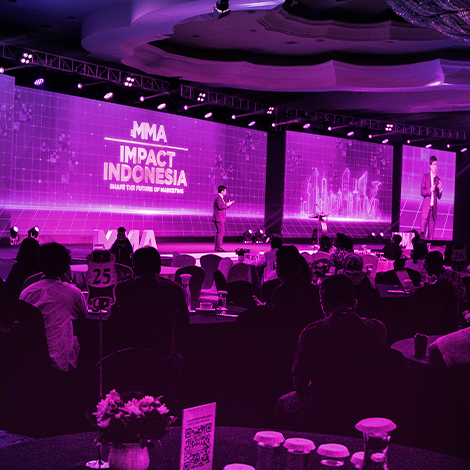
Welcome to the frontier of digital advertising, where creativity meets cutting-edge technology and brand safety becomes a powerful friend and ally rather than a frightening challenge to marketers. As consumer concerns about data privacy and ad relevance grow louder, the marriage of AI and brand safety emerges as a beacon of innovation and trust.
The Role of AI in Modern Advertising
Precise Targeting: AI is revolutionizing how brands connect with audiences by studying customer data and utilizing contextual targeting, then AI accurately predicts future trends and creates highly personalized ad experiences tailored to individual preferences, ensuring relevance and engagement. This enables advertisers to reach the right audience with the right message at the right time. According to a recent study by VOX “Ad Placements Neuro Research”[1] a staggering 92% of respondents expressed a desire for ads to be more personalized, eye-catching and relevant.
Data Analysis and Insights: AI facilitates the analysis of large volumes of data, providing valuable insights into consumer behavior, preferences and trends. This deep understanding allows marketers to make data-driven decisions and optimize campaign strategies for better performance.
Maximum ROI: By improving targeting precision, personalization and efficiency, AI helps marketers maximize ROI and minimize wasted ad spend. Efficiency gains are achieved through AI’s ability to automate and optimize various aspects of campaign management, from ad placement to budget allocation, reducing manual effort and errors.
The Importance of Brand Safety
In a world where brand identity stands as one of a company’s most prized assets, safeguarding its reputation becomes paramount. One misstep can have long-lasting consequences. Few individuals desire to see their advertisements displayed on unverified platforms, alongside inappropriate content, or alongside brands with questionable reputations. While such placements may yield short-term gains in sales, they can inflict lasting damage on a brand’s reputation — an outcome beyond the company’s control. For instance, when you think of a car brand, you not only recall its name but also its trademark. Delving deeper, you might even remember acquaintances who drive cars from that brand and the contexts in which they’re typically seen.

The Intersection of AI and Brand Safety
Combining AI with brand safety protocols creates a powerful synergy that elevates campaign performance while safeguarding brand integrity. Here’s how AI contributes to brand safety:
- Real-Time Monitoring and Analysis: AI-powered tools can monitor digital environments in real-time, identifying and flagging unsafe content before an ad is placed. Real-Time Monitoring feature ensures continuous surveillance, enabling swift responses to emerging threats and minimizing exposure to content that could harm brand reputation. This proactive approach ensures ads appear only in brand-safe contexts.
- Contextual Understanding: Advanced AI algorithms can analyze the context in which an ad will appear, going beyond simple keyword matching to understand the nuances of content. This helps in avoiding placements next to potentially harmful or inappropriate material.

- Automated Blacklisting: Sensitivity classification algorithms meticulously analyze text and graphics, flagging any unsuitable content, such as adult content or hate speech. AI systems can automatically update blacklists of unsafe sites and content, adapting to new threats and trends. This dynamic approach keeps brand safety measures current and effective.

Case Studies
Numerous brands have effectively integrated AI to enhance both brand safety and campaign effectiveness. For instance, a baby skincare brand successfully avoided placing their ads on sites with content deemed inappropriate for families and children. This included steering clear of content related to violence, adult themes, controversial topics and other unsuitable material.
By leveraging AI technology, the brand ensured that their advertisements appeared only on family-friendly websites and content. The outcome was a significant decrease in ad misplacements, accompanied by a noticeable increase in consumer trust and engagement.
Best Practices for Leveraging AI in Brand Safety
To maximize the benefits of AI for brand safety, marketers should consider the following best practices:
- Integrate AI Solutions Early: Incorporate AI tools from the planning stage of your campaign to ensure brand safety measures are built into the strategy.
- Collaborate with AI Experts: Work with AI vendors and experts who specialize in brand safety to tailor solutions that fit your brand’s specific needs.
- Educate Your Team: Ensure your marketing team understands the capabilities and limitations of AI in brand safety, fostering a collaborative approach to using these technologies.
- Measure and Adapt: Regularly assess the effectiveness of your AI-driven brand safety measures and adapt your strategies based on performance data.
As AI evolves, its role in ensuring brand safety and campaign success grows. Adtech leaders like Hybrid, esteemed pioneers in the advertising industry, consistently innovate and evolve alongside the rapid development of AI, maintaining a balanced and progressive approach. Their Contextual marketing suite, VOX Exchange [2], exemplifies this commitment by offering advanced, AI-driven solutions that enhance campaign effectiveness while ensuring brand safety. This dedication guarantees a future that brings advertisers both secure and impactful solutions.


